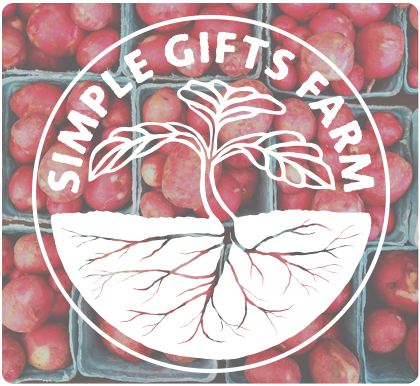I had the great pleasure to go in and talk about farming with the Wildwood 6th grade class yesterday. They are reading the book The Omnivore’s Dilemna, which talks about 4 different food production systems, and talks about the ways they impact our lives and the world. The Industrial food production system (the first system he discusses), plays a key role in the global carbon cycle that is driving the climate change engine that we are all hoping to slow as dramatically as possible. As much as 25% of human-created greenhouse gas emissions are caused by agriculture, before factoring in the emissions due to fuel inputs and production fo fertilizers and other inputs. Denitrification due to heavy fertilizer inputs and from liquid manure lagoons are one of the most significant sources of greenhouse gases, since nitrous oxide is a more powerful greenhouse gas by a factor of 300. On the other hand, sustainable soil practices have the ability to sequester carbon from the soil. Estimates of the potential carbon sequestration range from 25-100% of all human-caused GHG emissions. The total amount of carbon in soils in the world is 30% more than the total carbon in the atmosphere and in all living organisms, so it is not hard to imagine that plant-soil systems that improve the carbon fixation in the soil can be powerful drivers of climate change mitigation. If you want to nerd out on more information on how the organic agriculture does and could impact greenhouse gases, check out the very thorough report on the subject done on OFRF.org.
So, what do we do to fix carbon at the farm? The first is that we take our cropland out of tillage agriculture every 4 years, and use it to produce grass, which is grazed by our chickens and cows. Pasture land, especially grazed pasture land, is a powerful way to pump carbon into soil. The fertile soils of the midwest were formed under centuries of existing as grasslands that were periodically grazed by giant herds of buffalo, and we are trying to mimic that on a smaller scale with our much smaller herd of cows. Once we are cycling the cropland into farming again, the way we farm is also relatively climate friendly, using a minimum of low-nitrogen fertilizers, and featuring a lot of additions of cover crops, mulch and compost to maintain those higher carbon levels we have achieved during the grazing portion of the cycle. We are experimenting this year with some low-tillage systems that can have an even more powerful carbon-fixing effect. If those go well, we plan to expand that, and then we will really start to act as a mini-carbon scrubber. We are also looking into putting in some strips of perennial fruit trees and shrubs throughout the farm. Woody plants, as my forester wife is fond of reminding me, have an even higher ability to fix carbon, since they send carbon into both the soil and into their trunks. Stay tuned for more details on what we are doing in this area as we develop our plan!

